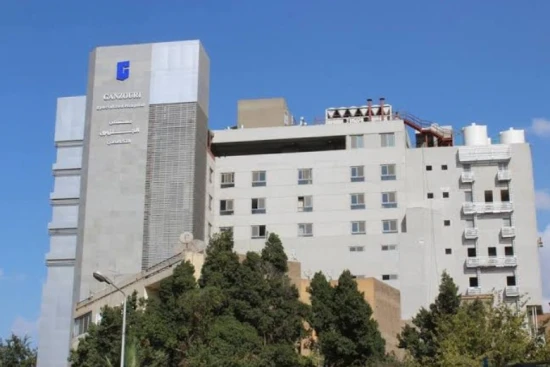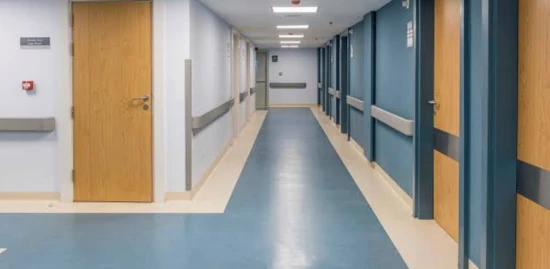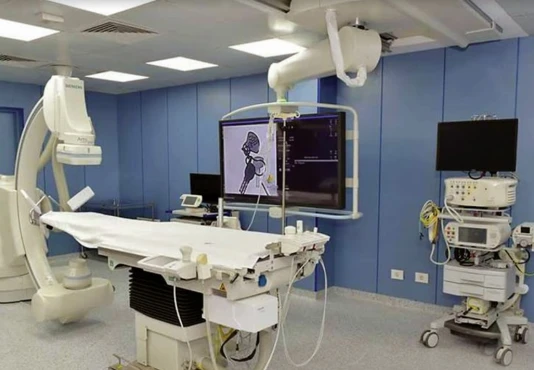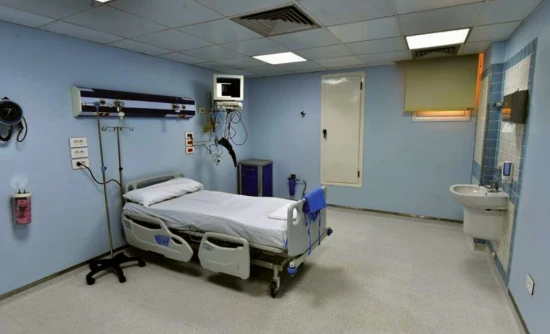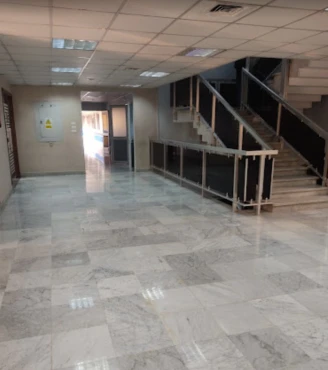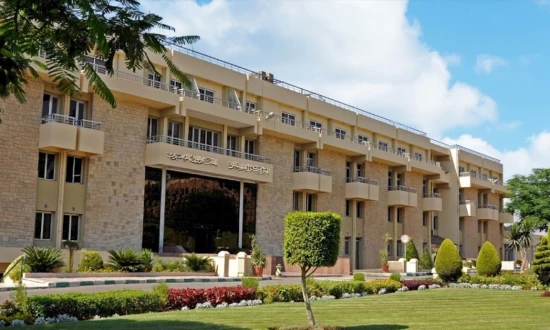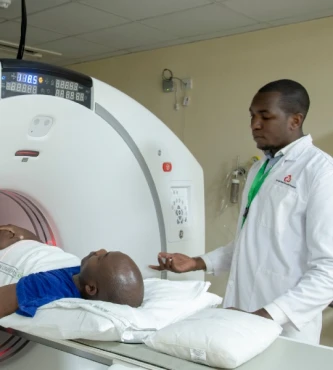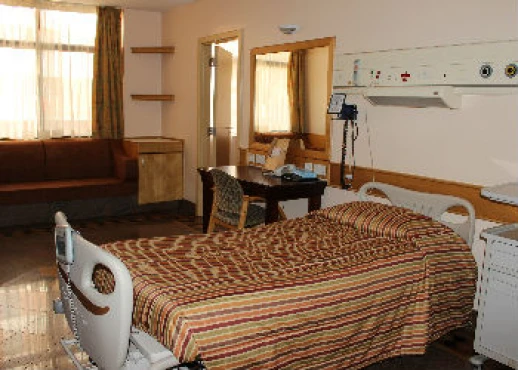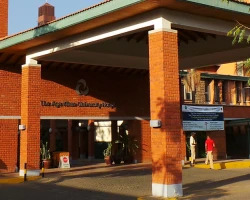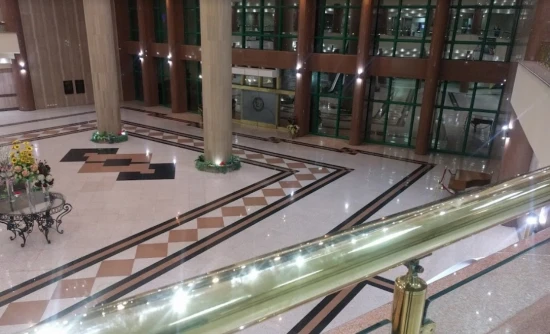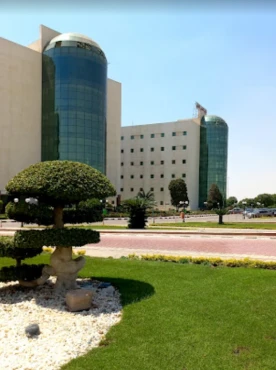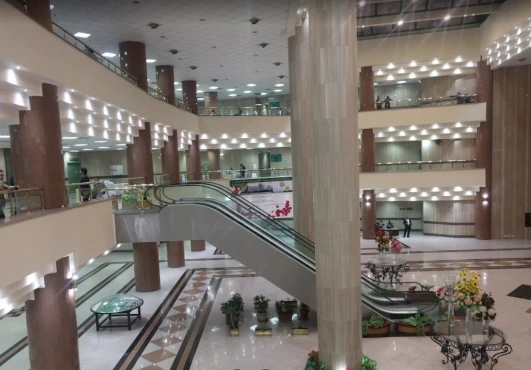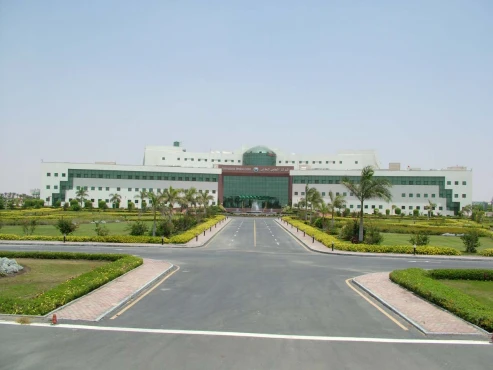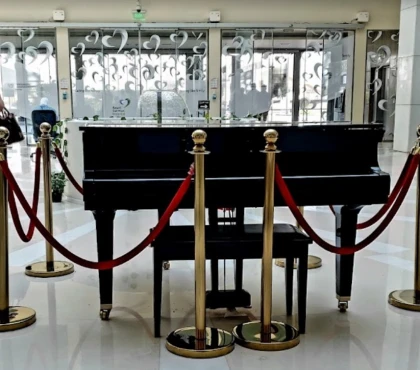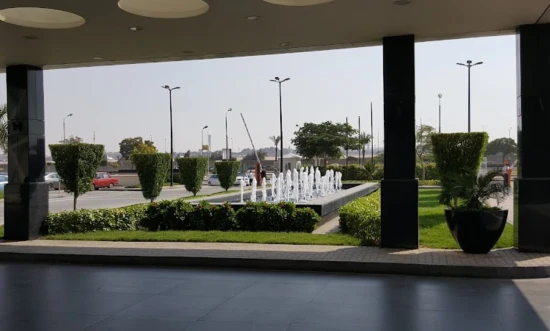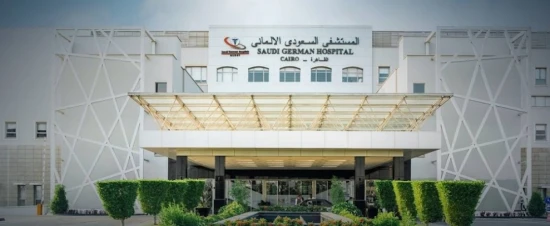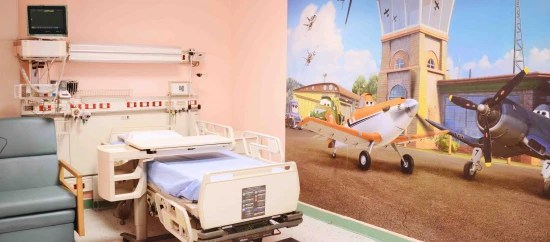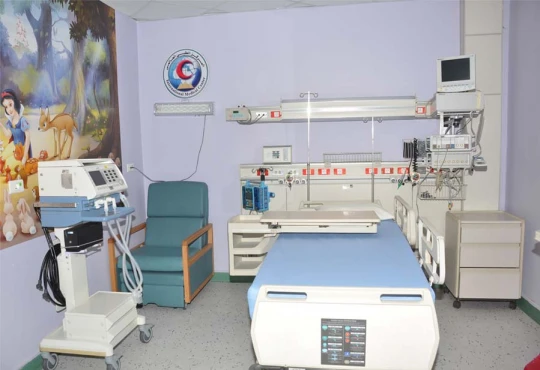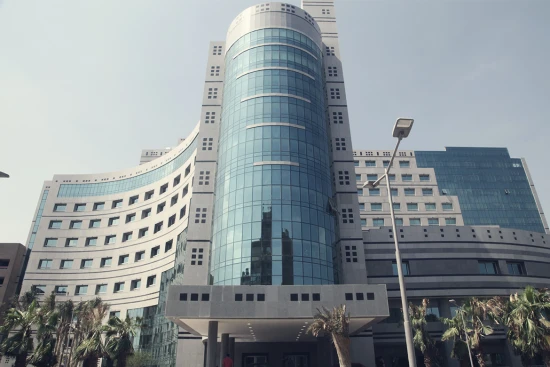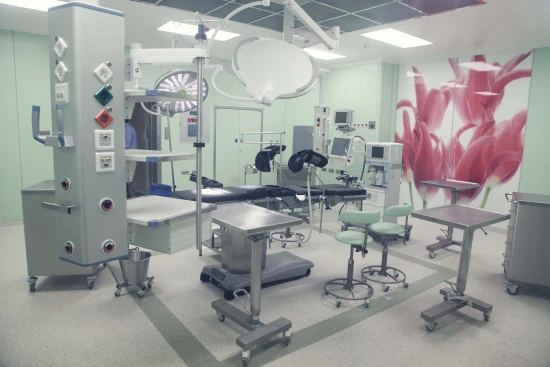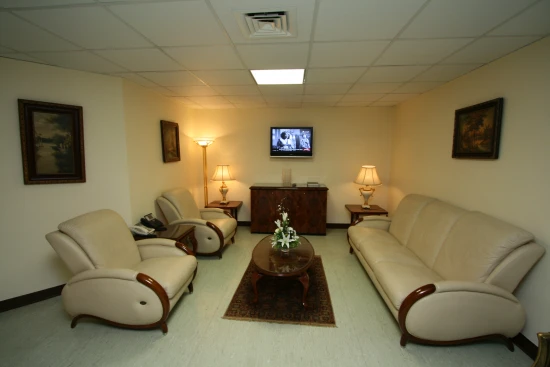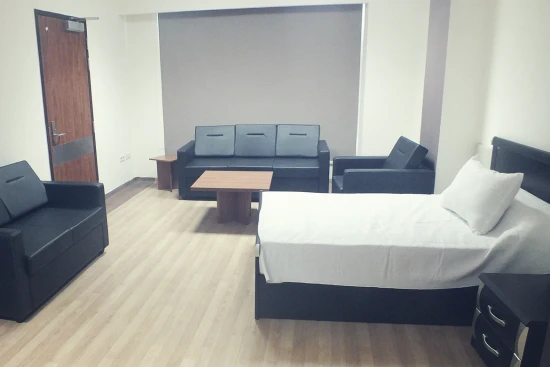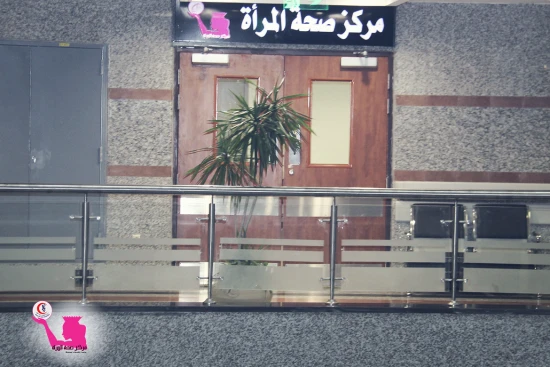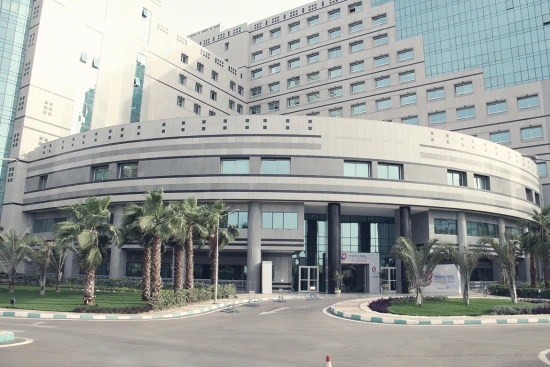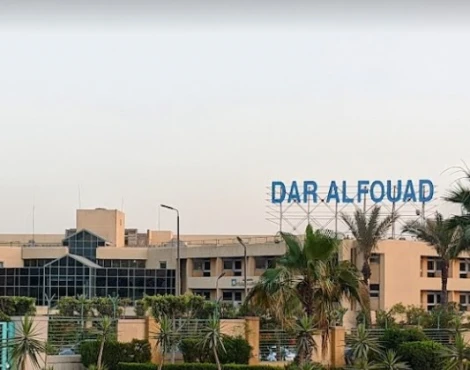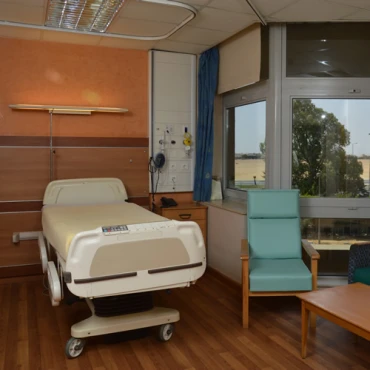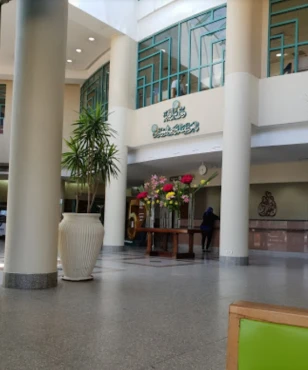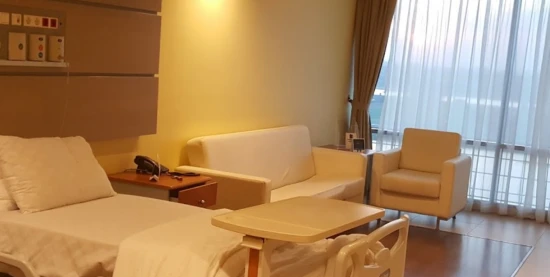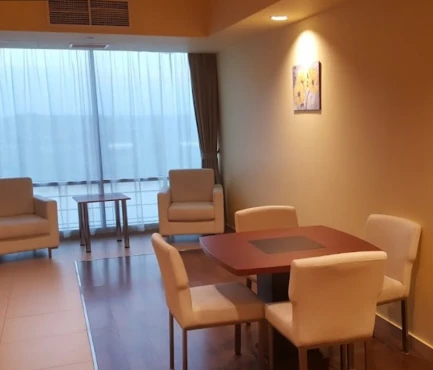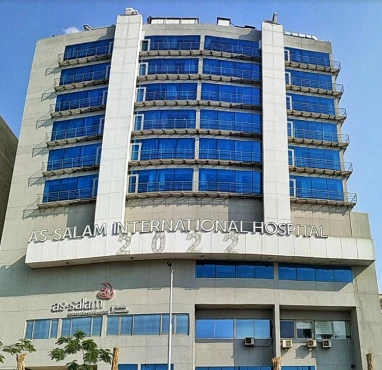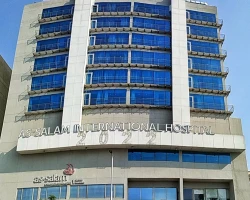Laminectomy is a surgical procedure performed to relieve pressure on the spinal cord or nerves by removing part or all of the lamina, a section of bone in the spine. It is often used to treat conditions like spinal stenosis or herniated discs, which can cause pain, weakness, or numbness. Recovery typically involves physical therapy to restore mobility and strength.
Laminectomy procedure, Aortoiliac occlusive disease (AIOD) treatment in 8 Spine surgery and Vascular surgery clinics in Africa
8 clinics specializing in Spine surgery and Vascular surgery providing
Laminectomy
Laminectomy is a surgical procedure performed to relieve pressure on the spinal cord or nerve roots. It involves removing a portion of the lamina, the bony arch covering the spinal canal, to alleviate symptoms caused by spinal stenosis or herniated discs
Read more...
procedure, treatment of
Aortoiliac occlusive disease (AIOD)
Aortoiliac occlusive disease (AIOD) is a condition characterized by the narrowing or blockage of the abdominal aorta and/or iliac arteries, which supply blood to the lower extremities. It can lead to leg pain, claudication, and may require intervention such as angioplasty or bypass surgery.
Read more...
in Africa.

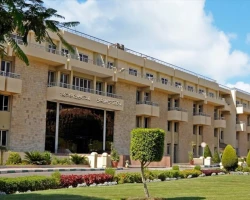
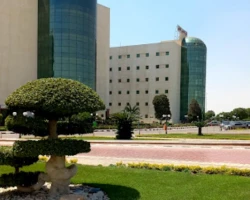
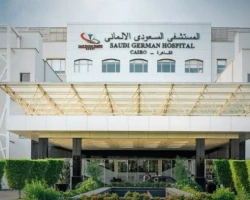
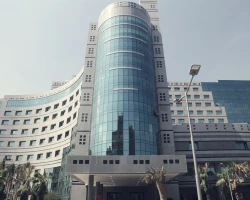
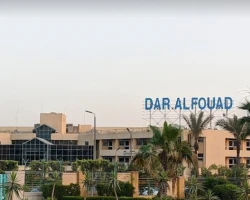
Procedure price distribution in Africa
Laminectomy:
Procedure prices in popular countries:
Laminectomy:
Countries with the highest number of clinics offering the procedures treatment:
Laminectomy:
Clinics grouping by rating
Clinic with the highest rating of 4.6 — As-Salam International Hospital in Cairo, Egypt, clinic with the most reviews number of 6198 — As-Salam International Hospital in Cairo, Egypt.
With rating 4.0 and over — 6 clinics .
Countries with the highest number of clinics treating the diseases:
Aortoiliac occlusive disease (AIOD):
Related procedures:
Aortoiliac Occlusive Disease (AIOD): Insights into Causes, Symptoms, and Treatment
Aortoiliac occlusive disease (AIOD) is a condition where the aorta and iliac arteries become narrowed or blocked, typically due to atherosclerosis, leading to reduced blood flow to the lower body. Symptoms may include leg pain or cramping during walking (claudication), numbness, and in severe cases, skin changes or ulcers on the feet. Treatment ranges from lifestyle changes and medications to manage atherosclerosis to more invasive options like angioplasty, stenting, or bypass surgery to restore blood flow.
- Isabella Gonzalez, M.D.
